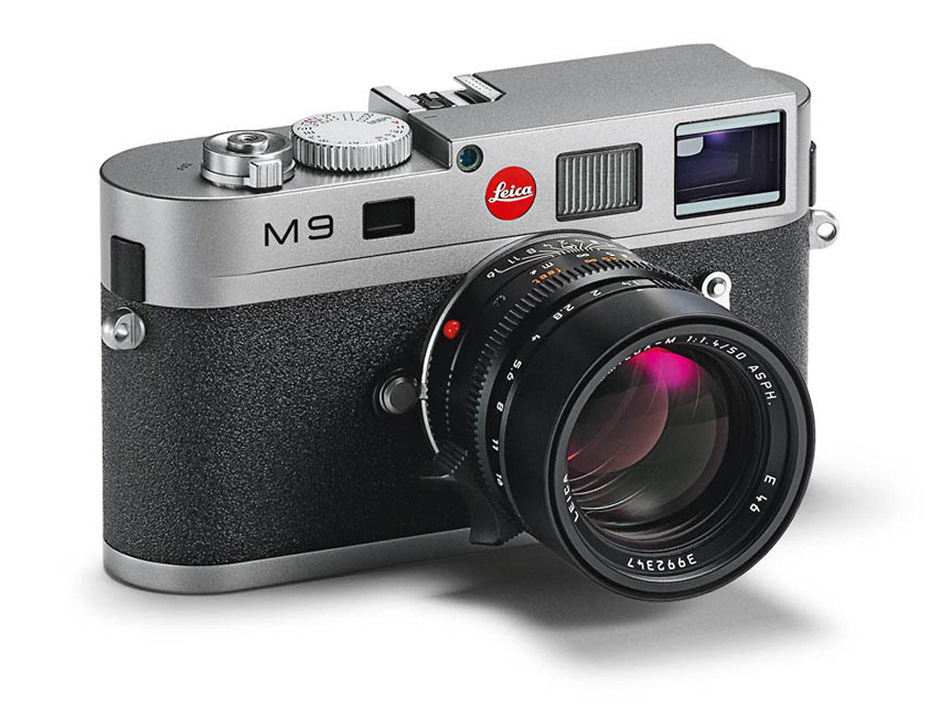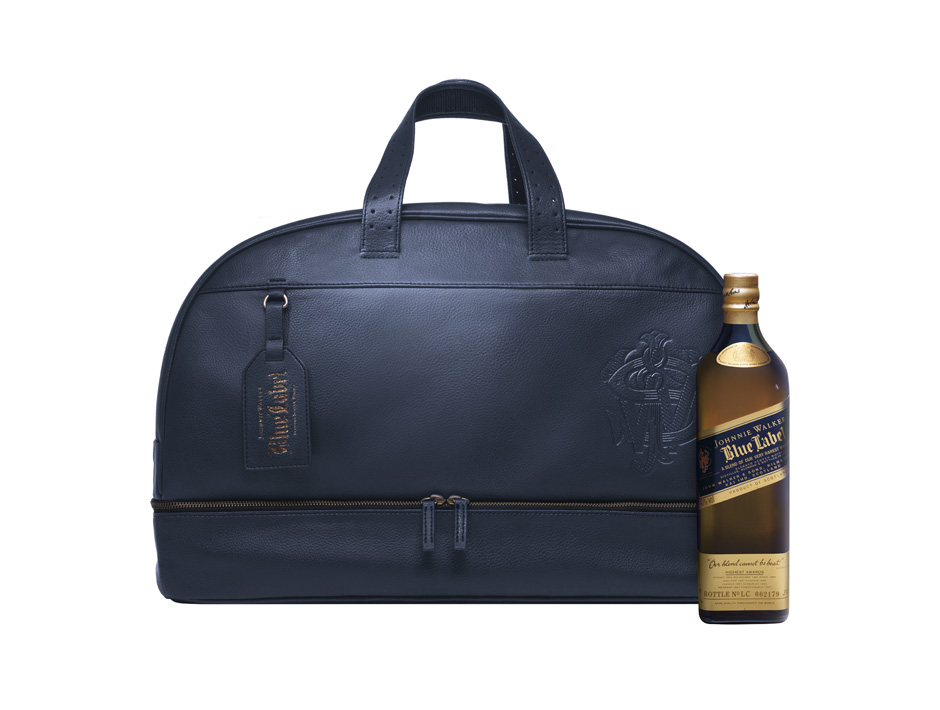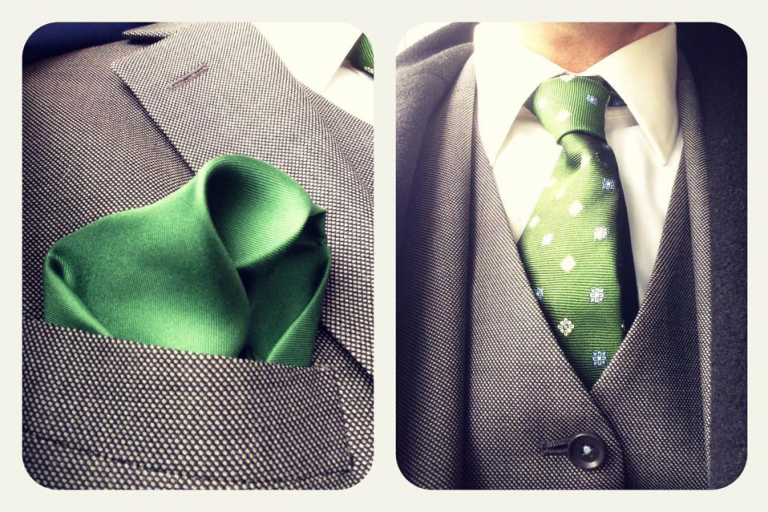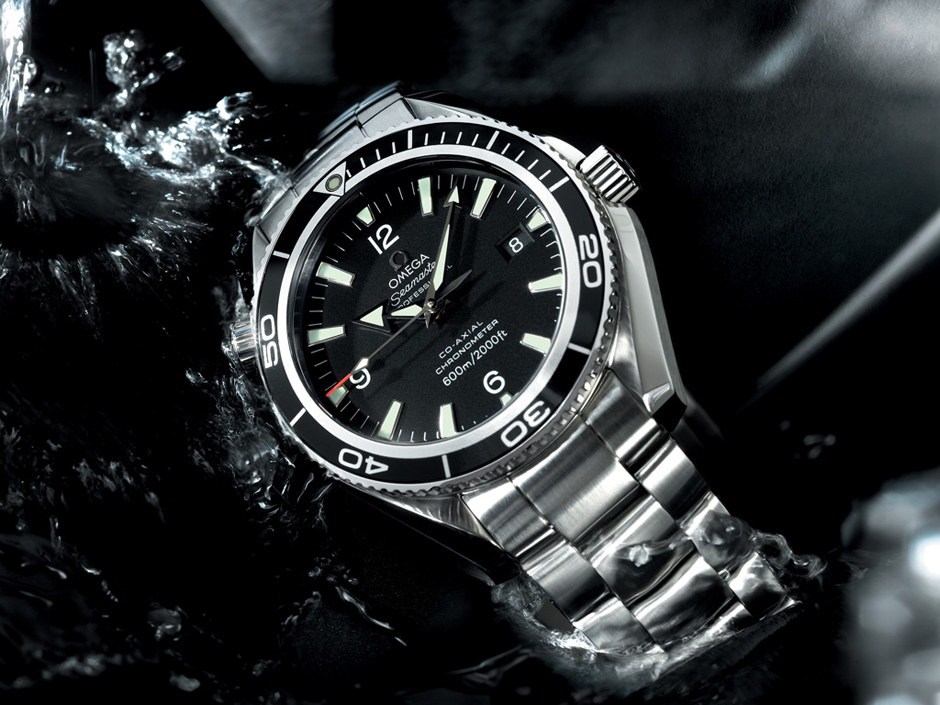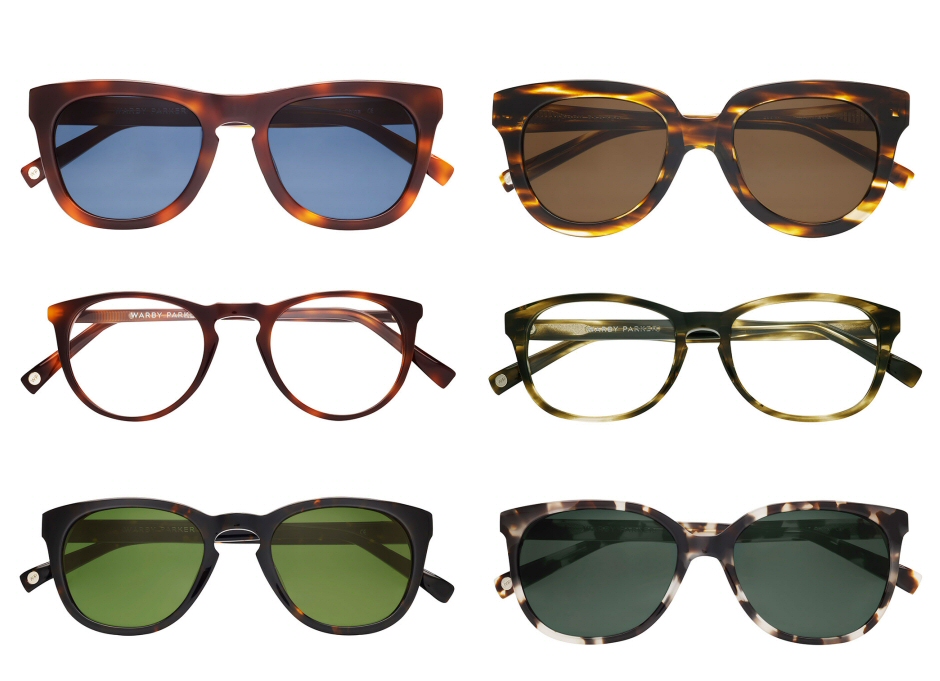Wound Up
We like stylish timepieces, and as many of those timepieces are automatic in nature, it means that unless you only own one, you are going to need a watch winder to keep your watch(es) wound.
The first practical example of a self-winding or automatic watch is the Rolex Oyster Perpetual watch of 1931. It took technology that had been successfully used and improved upon it to make a watch which would stay wound for 35 hours.
Automatic watches have been in mainstream use since the 1960s, and as a result, watch winders began to become popular for those individuals fortunate to own more than one self-winding watch. Watch winders sell in relatively low quantities, which means that they can be somewhat expensive. They are available in single or multiple rotator configurations, and are really a device of convenience – allowing you to switch watches without having to go through the process of winding, setting the date, adjusting the moon phase etc. on your dormant watch.
Traditionally, many have been designed to look more like a jewellery case than anything you might want in your dressing room. One recent arrival, and without a doubt one of our favourites, is the beautiful and minimalistic Swiss Kubik winder. Firstly, the design is much more in keeping with the type of style we prefer, and secondly, it is programmable via USB port, so you can determine the number of rotations per day as well as the direction of rotation, which fulfils the geek in us.

